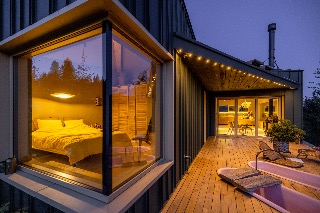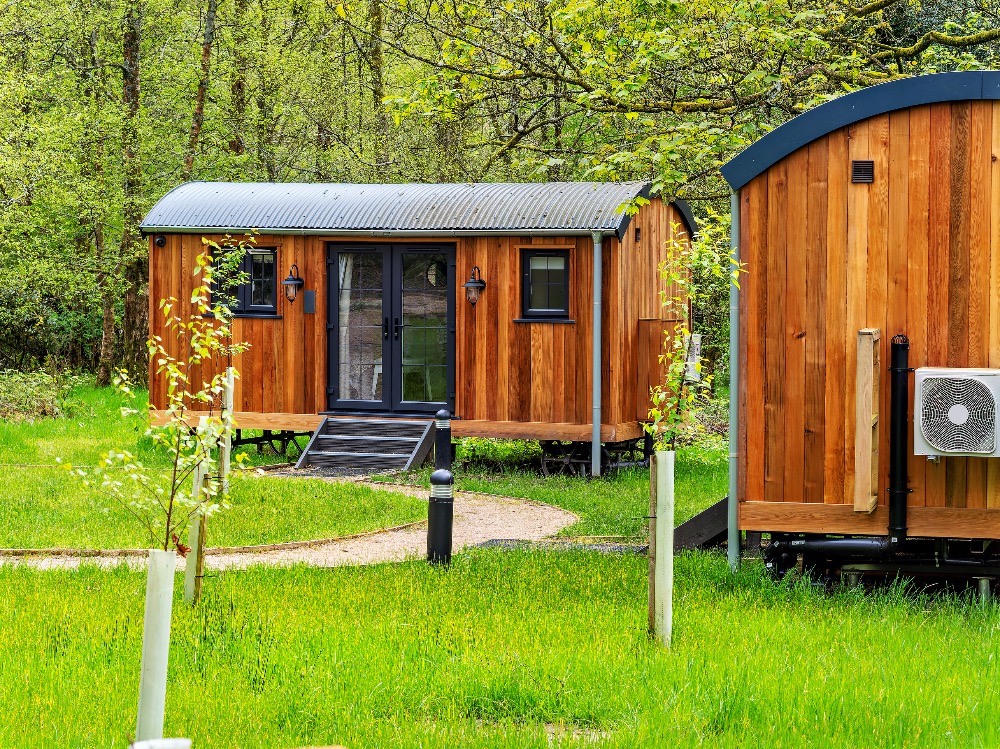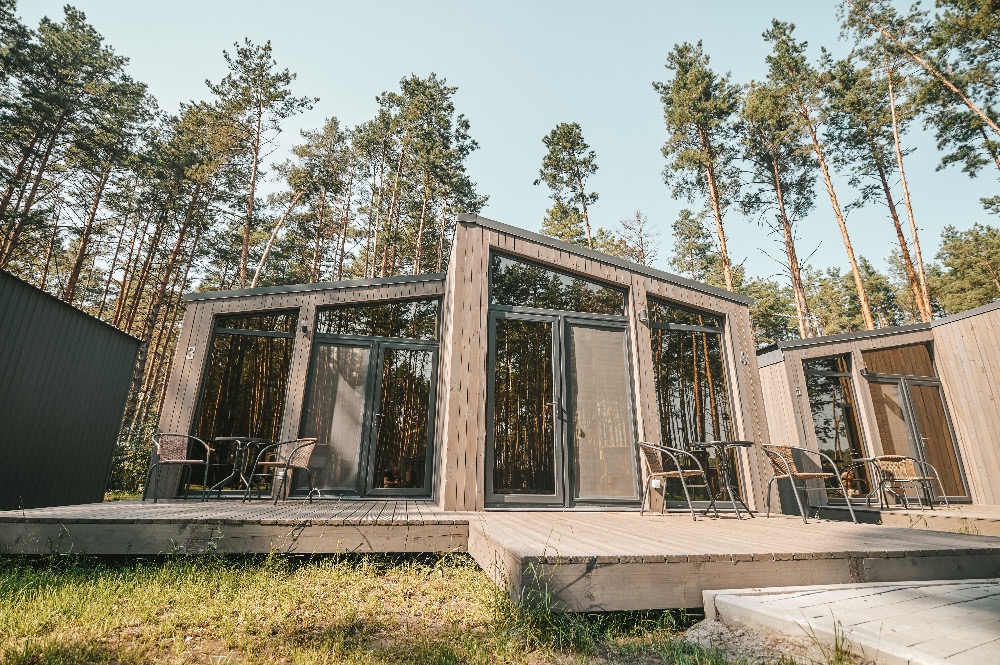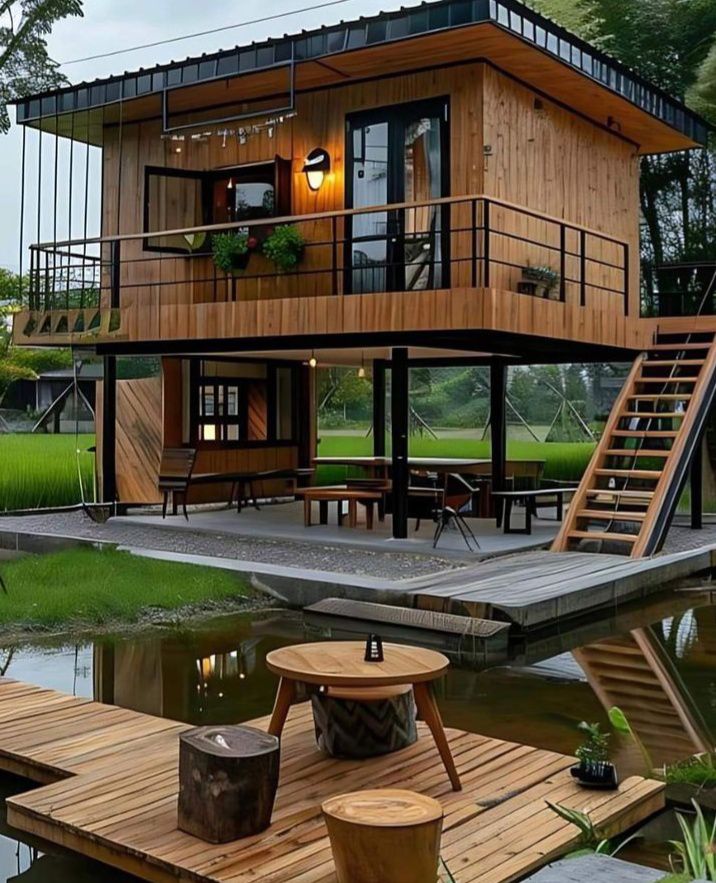Mobile Homes and Modular Homes today

We hear a lot about mobile homes and modular homes and buildings these days, and many may wonder what they really are and how they work in reality after a potential purchase.
We hear a lot about mobile homes and modular houses and buildings these days, and many may wonder what they really are and how they work in reality after a potential purchase. It is important for everyone interested to know the legal environment and afterlife of these building types. In order to understand the meaning and significance of these concepts, we need to understand the current construction trends, the architectural background and the legal environment. The visual designs of the “product” houses circulating on the Internet may be impressive, and even their price may be favorable for many, but it is important to learn about the underlying technical content and put the theory into practice, that is, how the national regulation OTÉK (from January 2025, TÉKA – Settlement Planning and Construction Requirements) relates to these.
When purchasing a plot of land, you should pay attention to the zoning classification, whether the plot is habitable and to what extent it can be built on. The TÉKA (national regulations) and the HÉSZ (local building regulations) set limits on the location and design of the building in a given area. The percentage of the building is the main criterion in relation to the location of other outbuildings, unless local regulations provide otherwise.
MOBILE HOUSE: A house on wheels or a building for temporary housing, which can be moved, disassembled, and not permanently fixed. It can be installed with point supports, point foundations, but these are mainly temporary. It is characterized by lightweight construction technology, in which a frame is the supporting structure, which is insulated and covered outside and inside. It limits the dimensions of road transport and traffic. During the licensing procedure, unless otherwise provided by the local building authority, it can be installed and placed more easily on a plot, even where construction is not allowed. Namely, the trailer on wheels must be inspected so that it can be transported properly during road transport and the house itself appears as a "shipment". It has built-in electrical fittings and a water pipe. The domestic water from washing and washing, or gray water and the black water from the toilet block, are led into a settling tank.
MODULAR HOUSE: A building whose elements are assembled from prefabricated modules. These modular elements, mainly the lower and upper floors, as well as the supporting structure walls, are assembled in a prefabricated factory and transported to the site. In terms of construction technology, we can speak of lightweight, assembled structures, where the supporting structure frame system is insulated and covered on both sides, and provided with the necessary layering. Transportation on public roads also sets size limits for buildings and building parts. Installation is carried out by crane after road transport, on pre-formed point, strip or plate foundations. The foundation can be made by concreting or with galvanized steel ground screws. An important element is that the mechanical elements of these buildings, such as water, electricity, and possibly gas connections and the drainage systems for domestic water (grey water and black water) and rainwater, are connected after placement. But you can also find ready-made houses, in turnkey condition, where all wiring and pipe networks, electrical fittings and equipment are installed, with stands ready for connection. In this case, the building can be inhabited immediately after the licensing procedure.
Why have these construction trends appeared today? Why are more and more people choosing this housing solution for their family home?
Answering the questions requires multiple and more detailed explanations. In the past, people living in the countryside helped each other in their communities in the process of kalákás construction, where they built from materials found in their surroundings. In the cities, master builders already built houses and buildings on commission, or they were built based on an architect's plan. Nowadays, the prices of building materials and the wages of craftsmen have increased, which place a significant burden on the builder even during the construction of a family house.
The situation is also currently accompanied by strict building regulations, which are carried out through authorities and with their approval.
The main objective of these regulations is that the building complies with:
- safety of life and property,
- health, hygiene and environmental protection,
- stability, mechanical strength,
- fire safety,
- protection against noise and vibration,
- safe use and accessibility,
- energy saving and heat protection,
- sustainable use of natural resources.
(Source: Internet/Law Library/OTÉK)
If a building is placed on a plot of land so that it can later function as an outbuilding, even in the long term, it is important to find out about the relevant parameters in the local building regulations. Above a certain floor area value, this process may require a permit.
Modular and mobile construction technologies try to reduce on-site live labor, with prefabrication at the production site, under the guaranteed environmental conditions of specialized work. There are many building materials that have predetermined usage conditions, I am thinking here mainly of usage temperature, humidity, and if these points are violated, the lifespan and quality of use of the installed material, even its color, may change.
Don't get me wrong, there is no good or better construction technology. Every system has its advantages and disadvantages. There may be construction conditions that require a separate structural expert opinion. In the case of soils, for example, a soil mechanics expert opinion determines the foundation method, its depth and other parameters, but there may also be a structural design for a building that may require a separate static coating. Each construction method has its place and time. The boat of affordability continues to float on the sea of numbers.

